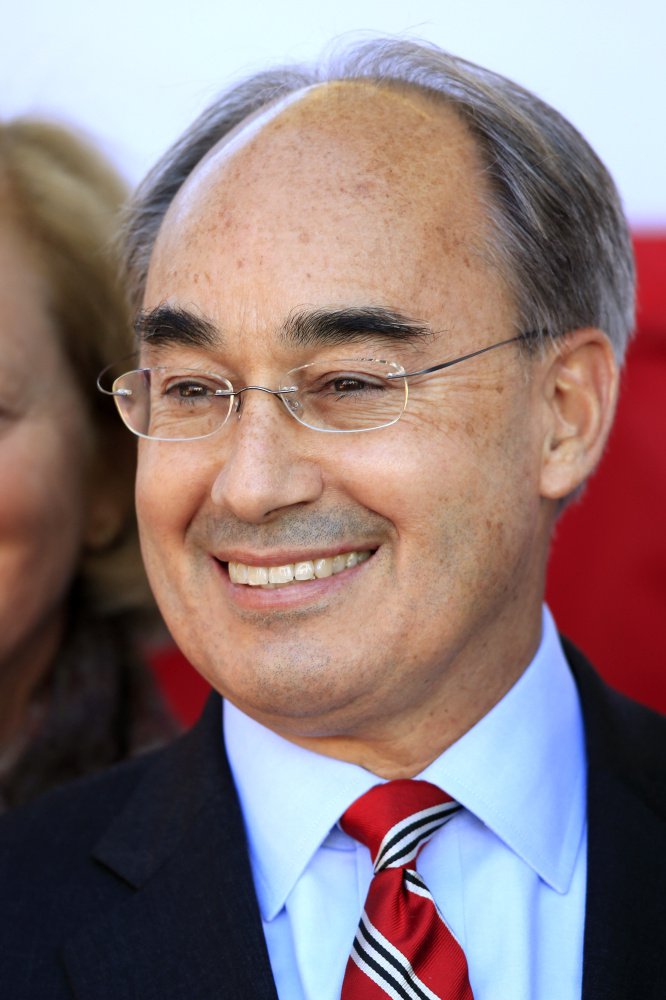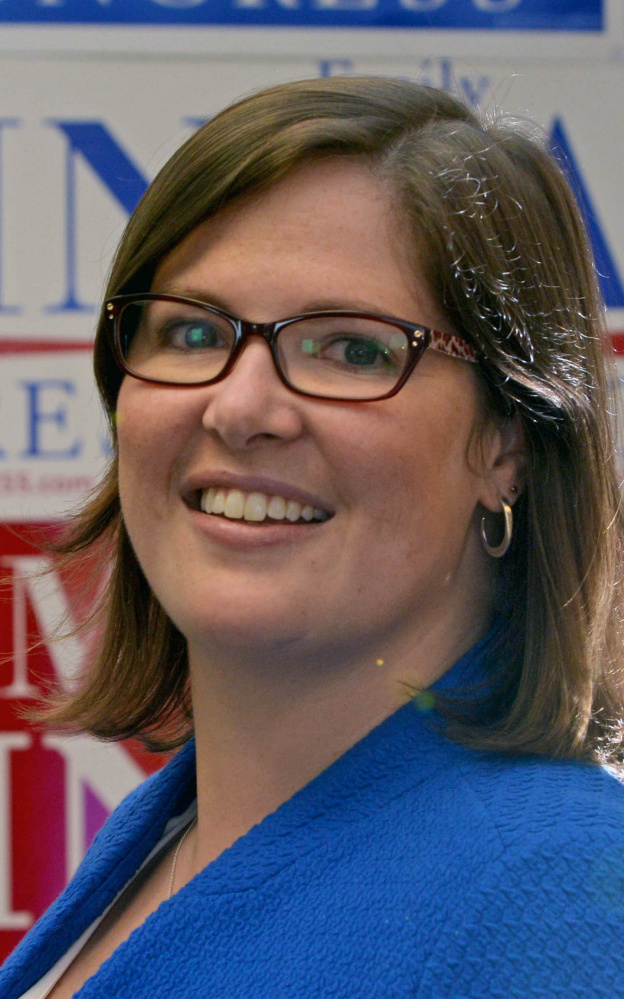More than $12 million has been raised by 2nd District candidates Bruce Poliquin and Emily Cain and outside groups supporting them, according to finance records released Friday.
The fundraising doubles the spending in their 2014 race for the same seat and cements this year’s contest as the costliest U.S. House race in Maine history.
Both candidates have raised more than $3.1 million this election cycle, although Poliquin, the first-term Republican U.S. representative, retained a roughly $70,000 lead over his Democratic opponent as of Oct.19, according to the final campaign finance reports to be filed before the Nov. 8 election. Poliquin also retains a large cash-on-hand advantage, with Cain having outspent him to date by about $800,000.
“The record amounts of money being raised by the candidates as well as unprecedented amounts by parties and groups is indicative not only of a close race but of a highly targeted race,” said Tony Corrado, a professor of government at Colby College who specializes in campaign finance.
Corrado linked the mammoth spending to three factors.
First, the race has been highly targeted by both Democrats and Republicans in efforts to win back or maintain a congressional majority. Second, the race has proved to be competitive, generating a greater incentive for donors to give. Third, the presidential race also is competitive in the 2nd District, where Republican nominee Donald Trump is looking to pick up one of the state’s four electoral votes over Democratic nominee Hillary Clinton.
The campaign between Poliquin and Cain has intensified in the lead-up to the election, with some polls showing a tight race between the two and between Trump and Clinton in the 2nd District. The congressional candidates traded sharp criticisms in their third and final debate, broadcast Wednesday by WCSH-TV, at which Poliquin attacked Cain as a “career politician” and “extreme liberal,” while Cain called Poliquin “hypocritical” on tax issues and said he’s not being honest with voters by refusing to say whether he supports Trump.
In 2014, when Poliquin defeated Cain in a three-way race that also featured a conservative independent, the two candidates together raised a combined $3.4 million and the race drew about $3.1 million in outside spending. Outside spending this election cycle has topped $6 million so far, according to the Center for Responsive Politics.
The top outside spenders in the race include the National Republican Congressional Committee, which has spent $2.3 million; the House Majority PAC, a Democratic group that has spent $1.9 million; and the Democratic Congressional Campaign Committee, which has spent $728,029.
It’s normal for challengers to spend more money in their campaigns, according to Corrado, and to date Cain has spent about $800,000 more than Poliquin. She finished the Oct.19 filing period with just over $130,000 cash on hand, while he has over $1 million.
Michael Byerly, press secretary for Poliquin, pointed to his overall fundraising advantage and cash-in-hand advantage Friday as signs of his campaign’s strength. He said Cain has been “relying on out-of-state super-PACs to help her desperate campaign,” even though Poliquin has raised more than twice as much from PACs as Cain has. About 20 percent of Cain’s donations come from committees, while 78 percent comes from individual donors. For Poliquin, about 50 percent of his campaign’s contributions come from committees, while about 47 percent comes from individuals.
“Congressman Bruce Poliquin has been visiting small businesses and meeting and speaking with Mainers,” Byerly said. “His campaign is in a position to win on Nov. 8.”
Cain’s campaign said she too is in a good position going into the election and that she has received more than 3,900 individual donations from Mainers. Cain said Poliquin is a “top recipient of Wall Street money in Congress.”
“I’m proud that my campaign is driven by Maine people and in Congress I’ll be a trustworthy voice for working families, not for Wall Street special interests,” Cain said.
“One of the things that is particularly different about 2016 is that while the candidate spending is unprecedented, it’s still only a share of the money that’s being spent in the 2nd District,” Corrado said. “We’re also seeing record spending by outside groups, and we’re on pace to have a congressional race where we see $12 million spent by the time it’s all over.”
Rachel Ohm can be contacted at 612-2368 or at:
rohm@centralmaine.com
Twitter: rachel_ohm
Send questions/comments to the editors.






Success. Please wait for the page to reload. If the page does not reload within 5 seconds, please refresh the page.
Enter your email and password to access comments.
Hi, to comment on stories you must . This profile is in addition to your subscription and website login.
Already have a commenting profile? .
Invalid username/password.
Please check your email to confirm and complete your registration.
Only subscribers are eligible to post comments. Please subscribe or login first for digital access. Here’s why.
Use the form below to reset your password. When you've submitted your account email, we will send an email with a reset code.